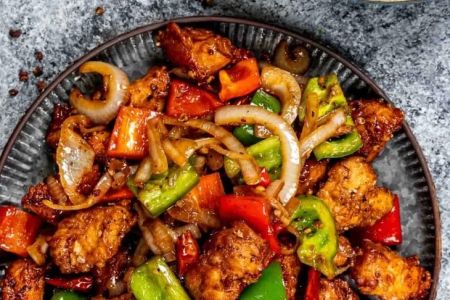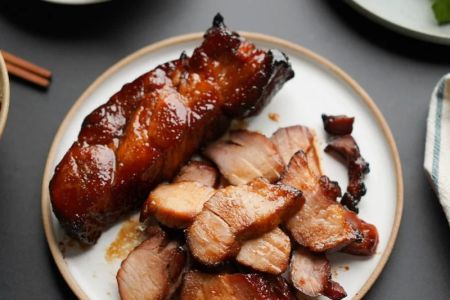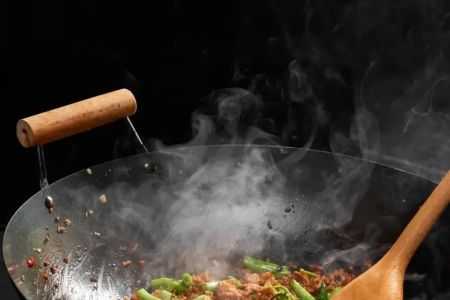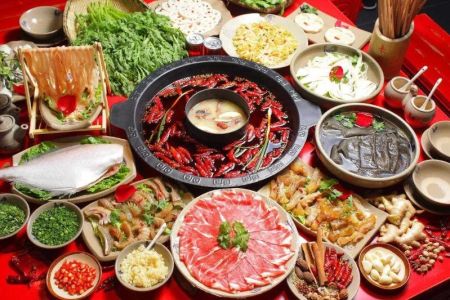What to Look for in an Authentic Chinese Restaurant Review
- Understanding Authenticity in Chinese Restaurants
- Key Elements of a Good Chinese Restaurant Review
- Flavor and Quality: The Heart of Authenticity
- Service and Ambiance: Important Factors in Authenticity
- Real Experiences and Stories from Chinese Restaurant Reviews
Understanding Authenticity in Chinese Restaurants
When looking for the best Chinese food, authenticity plays a crucial role in determining whether the experience is truly reflective of traditional Chinese cuisine or just a Westernized version. Authentic Chinese restaurants often adhere closely to regional cooking methods, authentic ingredients, and traditional recipes that have been passed down through generations.
But what makes a Chinese restaurant authentic? It's about much more than just the food. It’s the atmosphere, the menu items, the use of traditional Chinese cooking techniques, and even the service style. As a customer, you want to make sure that you're not only enjoying tasty food but also an experience that stays true to its roots.
Key Elements of a Good Chinese Restaurant Review
A good Chinese restaurant review should highlight several key elements to give potential diners an accurate picture of what to expect. Here are some important things to look for when reading or writing a review:
1. Authenticity of the Cuisine
The first thing to consider is the authenticity of the food. Does the restaurant offer dishes that are true to their region of origin? For example, if it’s a Sichuan restaurant, you should expect bold, spicy flavors that are characteristic of Sichuan cuisine. The review should mention whether the food reflects authentic Chinese flavors or if it’s been adapted to a more mainstream taste.
2. Ingredient Quality
Quality ingredients are essential for crafting authentic Chinese dishes. A good review will mention the freshness and quality of ingredients used. Are the vegetables crisp? Does the meat taste fresh and tender? Authentic Chinese cuisine often uses high-quality, fresh ingredients, and this should be noted in the review.
3. Traditional Cooking Techniques
Authentic Chinese cooking relies heavily on traditional techniques such as stir-frying, steaming, and braising. A legitimate review should highlight whether the restaurant uses these time-honored methods, which can significantly affect the flavor and texture of the dishes.
Flavor and Quality: The Heart of Authenticity
At the core of any Chinese restaurant is the flavor profile of its food. Authentic Chinese cuisine is known for its balance of flavors—salty, sour, sweet, bitter, and umami. When reading a review, pay attention to how the reviewer describes the taste. Do they mention complex layers of flavor? Or is it described as one-dimensional?
The quality of the food is just as important as its taste. A good restaurant will consistently serve well-prepared dishes, whether it’s a bowl of noodles or a dish of dim sum. A credible review will describe the food in detail, noting the texture of meat, the richness of the sauces, and the harmonious flavors of the entire dish.
Service and Ambiance: Important Factors in Authenticity
Service and ambiance are integral parts of the authentic dining experience. In a traditional Chinese restaurant, the service should feel attentive but not overbearing, and the ambiance should reflect the culture—perhaps with traditional decor, calming music, or an intimate setting.
A good restaurant review will often comment on how well the staff follows Chinese dining traditions. For example, do the servers offer tea? Are they knowledgeable about the menu and able to make recommendations? The overall atmosphere, from the decor to the noise level, can also influence how authentic the dining experience feels.
Real Experiences and Stories from Chinese Restaurant Reviews
One of the best ways to judge the authenticity of a Chinese restaurant is by reading real customer experiences. For example, a review of a popular Chinese restaurant in San Francisco might mention how the dumplings were freshly made in-house, or how the hot pot broth was simmered for hours to bring out the deep flavors. These real-world experiences provide insight into what you can expect when dining at the restaurant.
In another review, a customer may share how they were greeted by the restaurant’s owners, who explained the history behind each dish, making the experience even more personal and culturally enriching. This is the type of review that highlights the authentic cultural experience, which is often as important as the food itself.
How to Buy the Best Chinese Food and Explore More Options
When looking to explore authentic Chinese food, it’s essential to know where to find the best restaurants. You can start by looking for highly-rated Chinese restaurants in your area or check trusted food review websites and blogs. Visit places that prioritize using fresh ingredients and traditional cooking methods. You might also want to explore niche restaurants that focus on specific regional cuisines like Cantonese or Szechuan.
If you're ready to experience authentic Chinese cuisine, check out Chinese Food for a curated list of top-rated Chinese restaurants. Enjoy the best traditional dishes and immerse yourself in a genuine culinary journey.






![Top Chinese Restaurants for Authentic Cantonese Cuisine in [Your City]](https://img.gochinarose.com/d33/2507/4157910400_450x300.webp)
